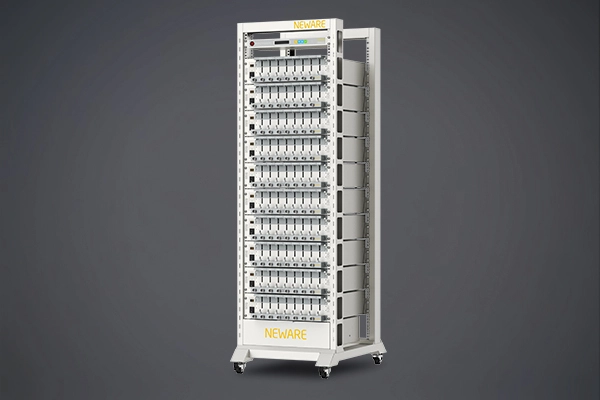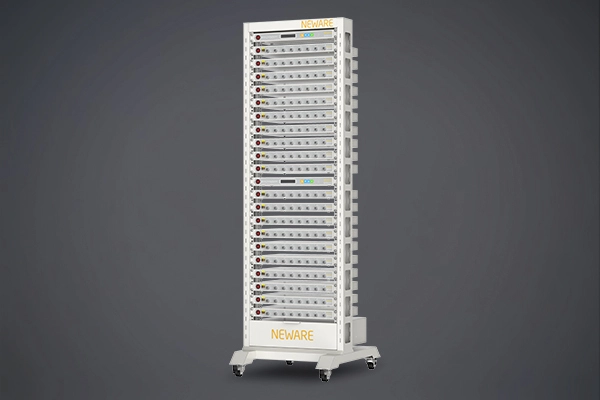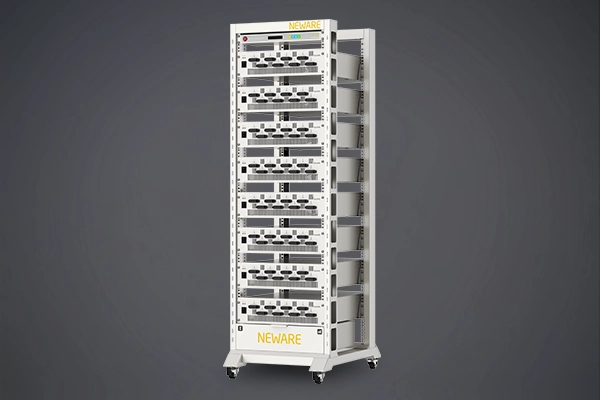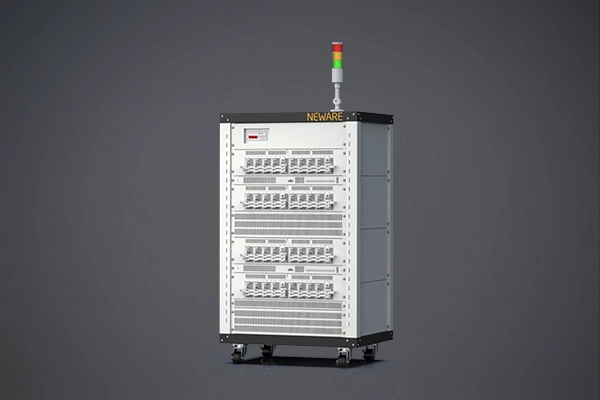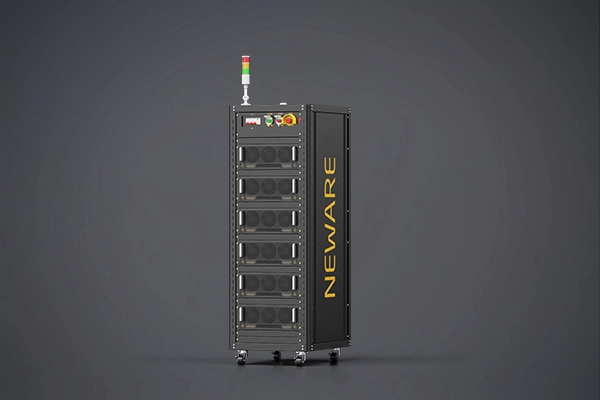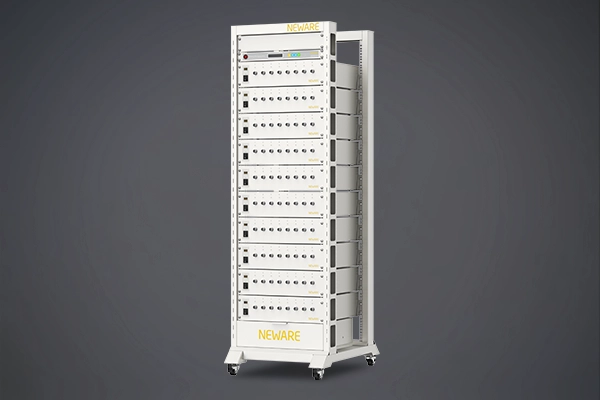Button batteries, also known as coin cell batteries, are small round batteries used in a variety of electronic devices such as watches, calculators, hearing aids, and some medical instruments.In our daily lives, button batteries are indispensable.
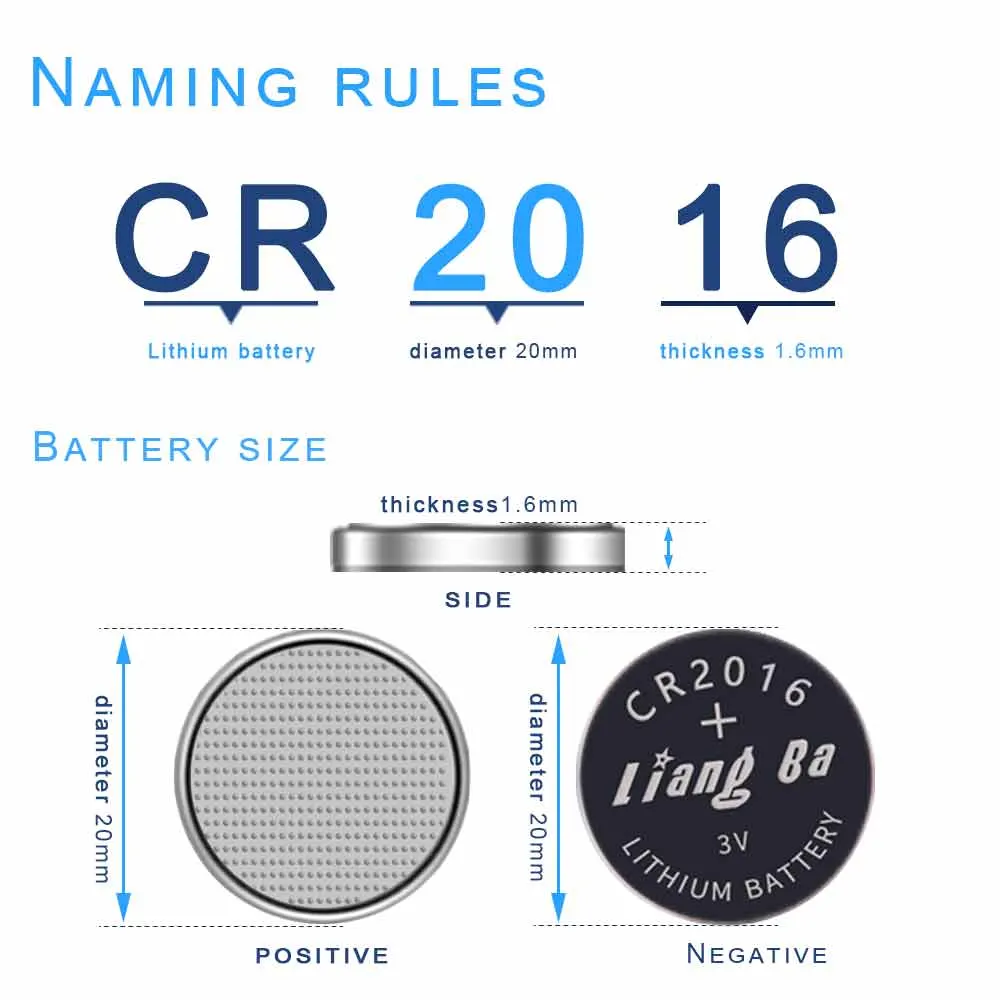
The naming convention for button batteries typically follows a standard format that includes the battery's size and voltage.Here's a breakdown of the common rules used in the naming of button batteries.
Prefix letter: Often, a letter is used to indicate the battery's chemistry or the type of metal used in the anode. For example:
"L" for alkaline batteries
"A" for silver oxide batteries
"SR" for silver-oxide batteries (Suitable for long life)
Diameter: The first number after the prefix indicates the diameter of the battery in millimeters.For example, in "SR44," the "44" refers to the diameter of 11.6mm.
Thickness: The second number represents the combined height and thickness of the battery, also in millimeters.Continuing with the SR44 example, the "44" also includes the thickness, making the battery 5.4mm tall.
Voltage: The voltage is usually a standard value for each type of battery.For instance, silver oxide batteries typically have a voltage of 1.55V.
Additional characters: Sometimes, additional letters or numbers are used to differentiate between similar sized batteries with different shapes or features.
Here's an example of how a button battery might be named:
CR2032: "CR" is the prefix for the battery type, "20" indicates a diameter of 20mm, and "32" indicates a thickness of about 3.2mm.The voltage for a CR2032 is typically 3V.
It's important to note that while this is a common naming convention, there can be variations, and manufacturers might use slightly different systems.Always refer to the battery's datasheet or packaging for the most accurate information.

Whenever we need to use specific button batteries, we need to know the corresponding size of the button batteries.These batteries are classified based on their diameter and thickness, and they come in various sizes and voltages.Below is a detailed introduction to some common button battery sizes along with additional examples and their corresponding specifications.
LR43 (AG12): Diameter of 11.6mm, height of 4.2mm, 1.5V, suitable for medical devices and electronic toys.
LR41(AG3): Diameter of 7.9mm, height of 3.6mm, typically 1.5V.
LR44(AG13): Diameter of 11.6mm, height of 5.4mm, typically 1.5V, commonly used in toys and small electronic devices.
LR54 (AG10): Diameter of 11.6mm, height of 3.1mm, typically 1.5V, used in toys, calculators, and laser pointers.
LR59 (AG2): Diameter of 7.9mm, height of 2.15mm, typically 1.5V, used in small electronic toys and gadgets.
LR66 (AG4): Diameter of 6.8mm, height of 2.6mm, 1.5V, suitable for watches, calculators, and small medical devices.
LR626 (AG4): Diameter of 6.8mm, height of 2.6mm, 1.5V, used in watches, toys, and digital thermometers.
LR1120 (AG8): Diameter of 11.6mm, height of 2.1mm, 1.5V, suitable for calculators, toys, and electronic clocks.
LR button batteries, commonly known as alkaline coin cells, are a popular choice for powering a wide array of small electronic devices, from watches to calculators and beyond.These batteries come with the advantage of being highly cost-effective and readily available, making them an accessible option for consumers in need of reliable power sources for their gadgets.They are appreciated for their good performance at room temperature and are designed to be leak-resistant, thus reducing the risk of damage to electronic devices.However, despite these benefits, LR button batteries do present some limitations.They have a lower energy density compared to their lithium counterparts, meaning they may not last as long in high-drain devices or in applications requiring a continuous supply of power.Additionally, while they can be stored for a considerable amount of time, their shelf life is somewhat limited, with performance beginning to degrade after a few years, even if not in use.Another notable drawback is their diminished performance in very cold temperatures, which can be a significant issue for devices used outdoors or in cold environments.Moreover, the environmental impact of disposing of LR batteries is a concern, as they contain chemicals that can be harmful if not properly managed, and recycling options may be limited in certain areas.
The AG series numbers correspond to LR series but "AG" is an unofficial designation, common in non-professional markets or consumer markets. For example, AG1 corresponds to LR60, and AG13 corresponds to LR44.
CR927: Diameter of 9.5mm, height of 2.7mm, typically 3V, used in small LED lights or electronic jewelry.
CR1025: Diameter of 10mm, height of 2.5mm, 3V, used in compact electronic devices.
CR1225: Diameter of 12.5mm, height of 2.5mm, 3V, found in memory backup applications and small electronic devices.
CR1620: Diameter of 16mm, height of 2.0mm, 3V, often found in car remote keys and small electronic gadgets.
CR1632: Diameter of 16mm, height of 3.2mm, 3V, often used in automotive key fobs and small electronics.
CR2016: Diameter of 20mm, height of 1.6mm, 3V, usually used in small remote controllers and medical devices.
CR2025: Diameter of 20mm, height of 2.5mm, 3V, often used in electronic games and other small electronic devices.
CR2330: Diameter of 23mm, height of 3.0mm, typically 3V, used in some car remotes and medical devices.
CR2032: Diameter of 20mm, height of 3.2mm, typically 3V, one of the most common lithium button batteries, widely used in calculators, motherboards, and remote controls.
CR2450: Diameter of 24mm, height of 5.0mm, 3V, used in larger devices requiring a longer life.
CR3032: Diameter of 30mm, height of 3.2mm, 3V, found in larger electronic devices requiring a compact power source with a higher capacity.
CR button batteries, known for their lithium chemistry, stand out in the realm of small electronic devices, boasting a set of characteristics that make them highly sought after for applications requiring compact and reliable power sources.These batteries are celebrated for their high energy density, which enables them to last significantly longer than their alkaline counterparts, such as LR button batteries, especially in high-drain devices or those necessitating a persistent power supply. Another hallmark of CR batteries is their impressive shelf life; they can be stored for years without a substantial loss in performance, making them an ideal choice for emergency or infrequently used devices.Furthermore, they exhibit remarkable performance across a broad range of temperatures, including very cold conditions, thereby ensuring reliability for outdoor or extreme environment applications.
Despite these advantages, CR button batteries are not without their drawbacks.One of the primary concerns is their cost;lithium-based batteries are generally more expensive than alkaline ones, which can be a consideration for consumers looking for a budget-friendly option.Additionally, while their high energy density is a benefit, it also poses a risk;CR batteries can cause severe damage if they leak or rupture, a risk that is particularly concerning in devices designed for children or those that come into close contact with the body.Moreover, the environmental impact of disposing of lithium batteries is significant.Although they contain less harmful metals compared to some other types, improper disposal can still contribute to pollution and pose challenges to recycling efforts.
SR416SW(337): Diameter of 4.8mm, height of 1.6mm, 1.55V, designed for use in very compact devices, such as hearing aids and small electronic gadgets.
SR516SW (317): Diameter of 5.8mm, height of 1.6mm, 1.55V, used in small electronic devices, including some wearable technology.
SR626SW (377): Diameter of 6.8mm, height of 2.6mm, 1.55V, commonly used in watches.
SR621SW (364): Diameter of 6.8mm, height of 2.1mm, 1.55V, also mainly used in watches.
SR721 (362): Diameter of 7.9mm, height of 2.1mm, 1.55V, commonly used in watches and small electronic instruments.
SR927SW (395/399): Diameter of 9.5mm, height of 2.7mm, 1.55V, commonly used in high end watches and precision instruments.
SR button batteries, also recognized as silver oxide batteries, are highly regarded in the realm of small and precision electronic devices, such as watches, hearing aids, and some medical devices.These batteries distinguish themselves with a stable and consistent voltage output, which is crucial for devices that require precise energy levels to function correctly.This stable output ensures that devices not only perform reliably over time but also maximizes the efficiency of the device's operation. Another advantage of SR button batteries is their higher energy density compared to alkaline batteries, including LR types.This attribute translates to a longer life span for devices, reducing the frequency of battery replacements and, consequently, the long-term costs and inconvenience associated with maintenance.
Despite these benefits, SR button batteries come with specific limitations that may affect their suitability for certain applications.One of the primary drawbacks is their cost;silver oxide batteries are generally more expensive than both alkaline and lithium CR button batteries due to the higher cost of silver.This can make them a less attractive option for budget-conscious consumers or for use in disposable or less critical devices.Additionally, while they offer excellent performance and longevity, their capacity and overall lifetime can be lower than that of lithium batteries in high drain or continuous-use applications.Environmental concerns also accompany the use of SR button batteries.The presence of silver, a precious metal, raises issues related to mining and sustainability.Although silver oxide batteries are more environmentally friendly than some alternatives, the extraction and use of silver still contribute to environmental degradation.
ZA675 (Blue Tab): Diameter of 11.6mm, height of 5.4mm, 1.4V, primarily used in hearing aids, characterized by their high energy density and long life.
ZA312 (Brown Tab): Diameter of 7.9mm, height of 3.6mm, 1.4V, another common hearing aid battery size, known for its reliable performance in various hearing devices.
PR70 (312 Hearing Aid Battery): Diameter of 7.9mm, height of 3.6mm, 1.4V, specifically designed for hearing aids, offering a balance of size and power for small devices.
PR48 (13 Hearing Aid Battery): Diameter of 7.9mm, height of 5.4mm, 1.4V, used in hearing aids, providing longer life due to its larger size compared to other hearing aid batteries.
Zinc-air button batteries stand out in the landscape of portable power sources, primarily due to their unique mechanism that harnesses oxygen from the air to fuel the battery's chemical reactions.This innovative approach bestows zinc-air batteries with an exceptionally high energy density compared to other button battery technologies, such as alkaline or silver oxide.The high energy density means that these batteries can last significantly longer under the same load conditions, making them an ideal choice for devices where battery replacement is difficult or inconvenient, such as hearing aids.Moreover, the environmental impact of zinc-air batteries is somewhat mitigated by their reliance on oxygen as a reactant, which contributes to a reduction in the use of toxic materials typically found in other battery types.
Despite these advantages, zinc-air button batteries also face notable challenges.Their operational efficiency is heavily dependent on the environment, with factors such as humidity, temperature, and air quality potentially affecting performance. High humidity can lead to excessive moisture interfering with the battery, while low air quality can clog the battery's air pores, both scenarios diminishing the battery's output.Furthermore, once the seal on these batteries is removed and they are activated by air, they cannot be "turned off," leading to a continuous discharge that persists until the battery is fully depleted.This characteristic limits the shelf life of an activated battery, making it less practical for intermittent use where a device is only occasionally needed. Additionally, while zinc-air batteries do reduce reliance on toxic substances, they still incorporate zinc, which must be mined and processed, posing environmental and sustainability concerns.
NEWARE TECHNOLOGY LLC
755 Ames Avenue, Milpitas, CA, USA, 95035



